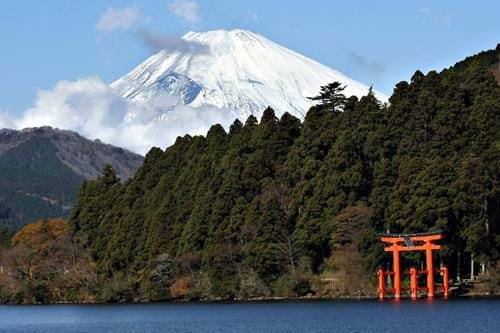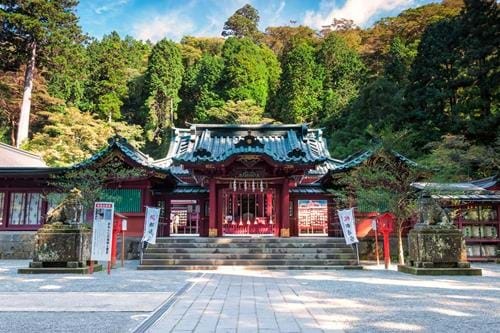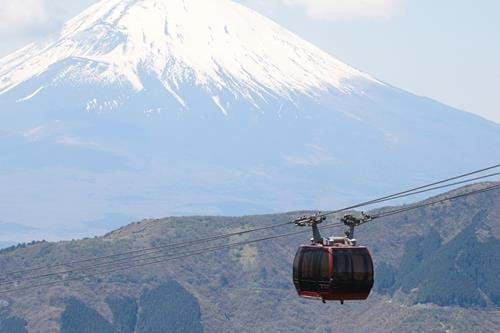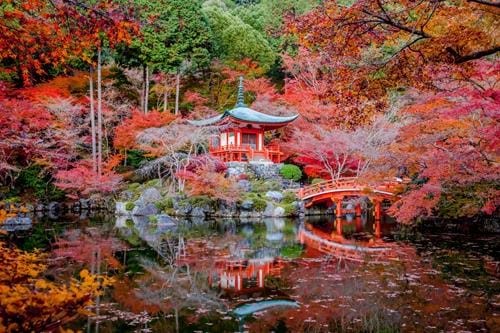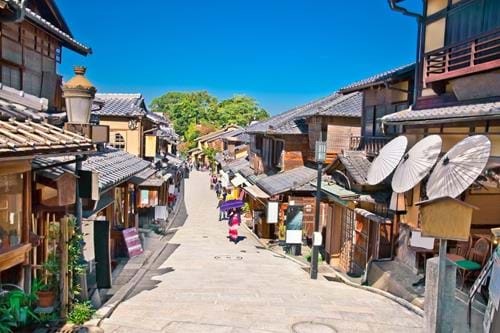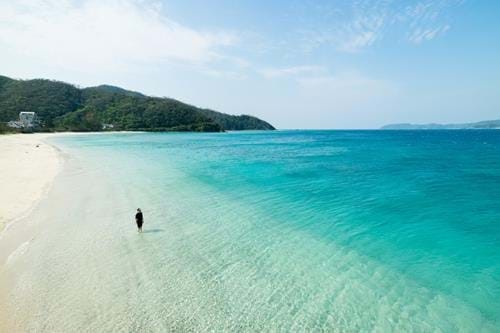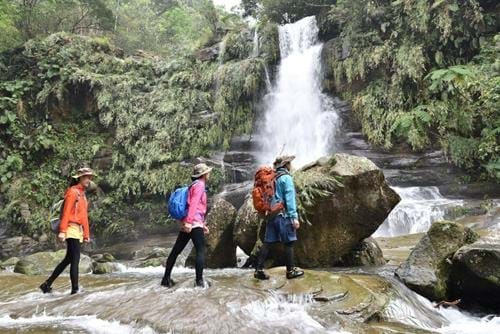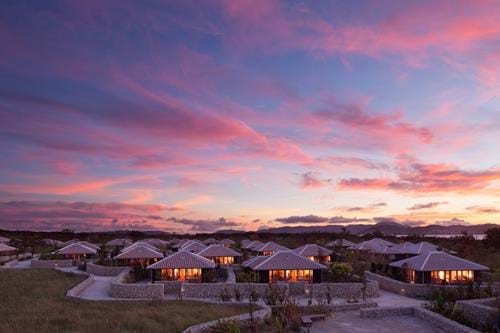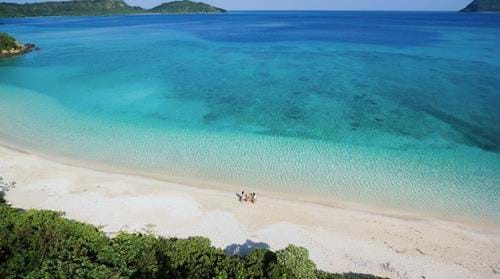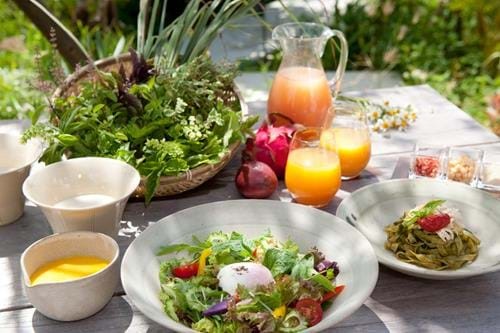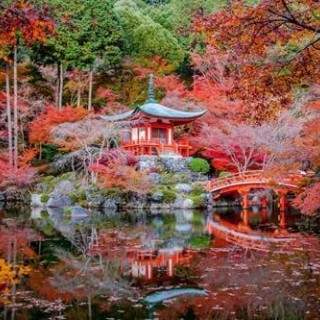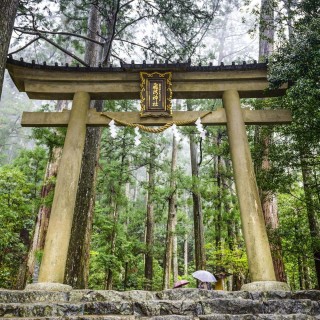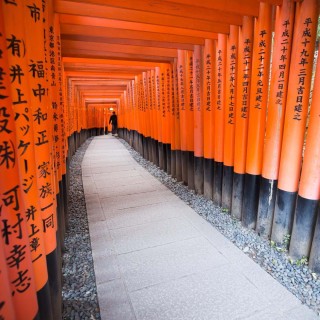Tailor-Made Tour
- Duration15 Days
- Flights IncludedYes
- Prices From £ 6950
 Places Visited :
Hakone, Kyoto, Iriomote, Taketomi, Tokyo
Places Visited :
Hakone, Kyoto, Iriomote, Taketomi, Tokyo
Spend a fortnight luxuriating with a loved one amid picture-book Japanese landscapes, ranging from snow-capped Mt Fuji to the dazzling turquoise bays of the Okinawa Islands – the Far East’s own Hawaii. Your first landfall will be at one of our favourite ryokan inns – Gora Kadan in the thermal resort of Hakone – where you’ll be able to shake off your jet lag in your own private, spring-fed hot tub with superb valley views. Three nights in Kyoto provide a fix of traditional Japanese culture, from white-faced maikos and Kabuki theatre to tea ceremonies in exquisite Zen gardens. Then it’s off to Okinawa for a week of transparent sea water and white sand, before returning to Tokyo for your flight back home.
Remember, this trip can be personalised to suit your travel needs - we can tailor everything from hotel, travel type, duration and more.

